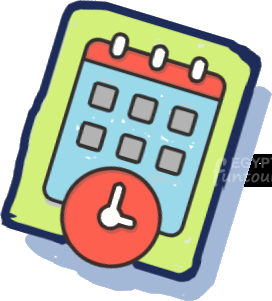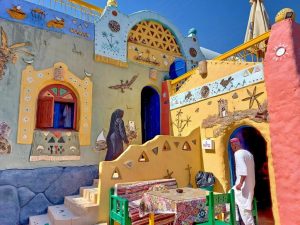Khan el-Khalili is a historic bazaar and souq located in the heart of Cairo, Egypt that was established as a center of trade during the Mamluk era. The district is named after one of its caravanserais and has become a popular attraction for tourists and locals alike. In the 10th-12th centuries, the area was part of the Fatimid Caliphate and later developed into an economic center under Salah ad-Din. The bazaar was founded in the 14th century and underwent several modifications and redevelopments over the centuries, including by Sultan al-Ghuri in the early 16th century. In addition to shops, the bazaar is now home to coffeehouses, restaurants, and street food vendors. It has also been the subject of literary works such as Naguib Mahfouz’s “Midaq Alley” and was unfortunately targeted in a terrorist attack in 2005.
Tourists can buy a wide variety of souvenirs at this market, however, most of what is sold currently are made in China, with the exception of some women’s accessories, gold, silver, and herbs. Seket El-Badestan is the bazaar’s major street, which runs from the western corner of Al-Hussein mosque to the main street of Al-Muizz.
Another important route that is part of the bazaar is Moski Street, which is named after the Fatimid-era Ezzel-Din mosque. Al-Hussein mosque Plaza is the bazaar’s main square, while Al-Azhar mosque, Muhammad Al-Fatih mosque, Wekalet Al-Ghori, and Al Ghori Complex are across the street.










